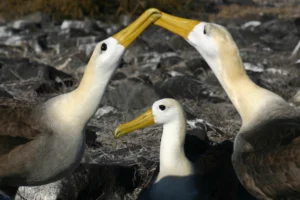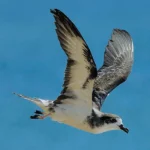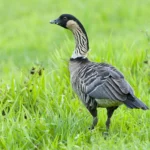Safeguarding a Future for Vulnerable Seabirds
But these places that inspire so much awe host some of the world’s rarest and most vulnerable birds. These birds rely on habitats rendered extremely fragile from decades of loss, fragmentation, and degradation. The added threats of invasive species, introduced predators, fisheries, and climate change dim the outlook for seabirds and island birds. More than 90 percent of all bird extinctions in the last 500 years have occurred on islands, and collectively, seabirds are the most endangered group of birds in the world.
Our Oceans and Islands programs develop deep partnerships that result in bold, innovative, and effective conservation tools that complement our habitat restoration work. We put these science-backed interventions to use to address the threats seabirds and island birds are facing.
With our partners, we are reducing avian malaria sickening Hawaiʻi’s remaining honeycreepers, creating havens for nesting seabirds using predator-proof fencing, developing innovative fishing gear to reduce accidental seabird deaths, and taking bold conservation action to halt extinctions from these acute threats while working to stabilize struggling bird populations for the long term.














